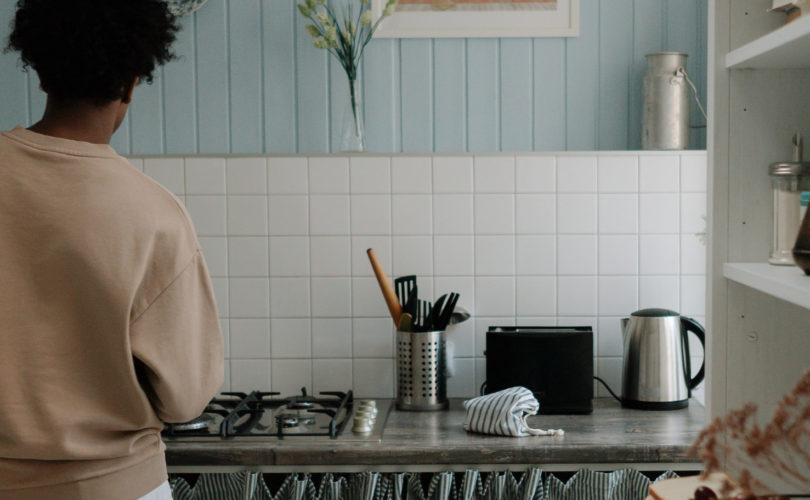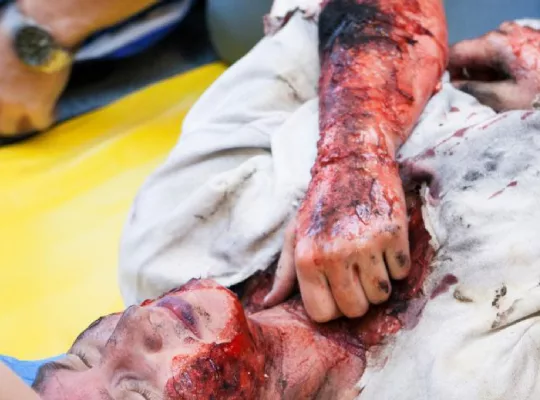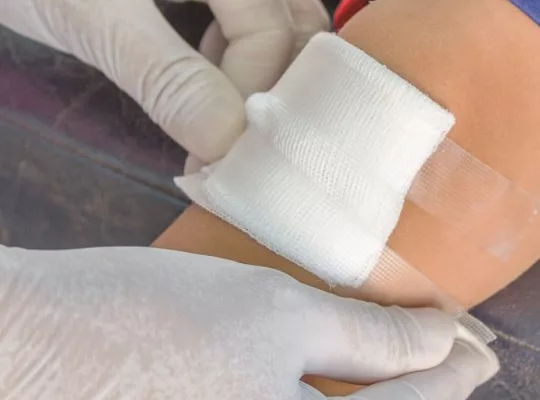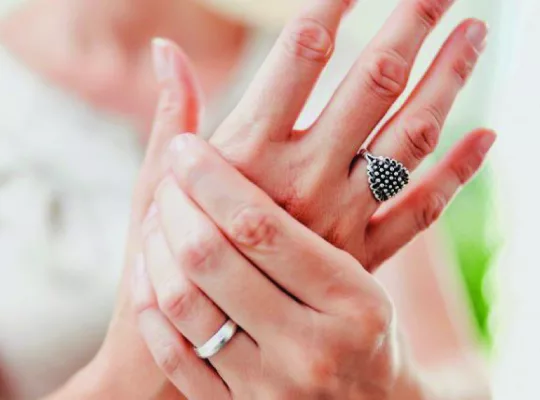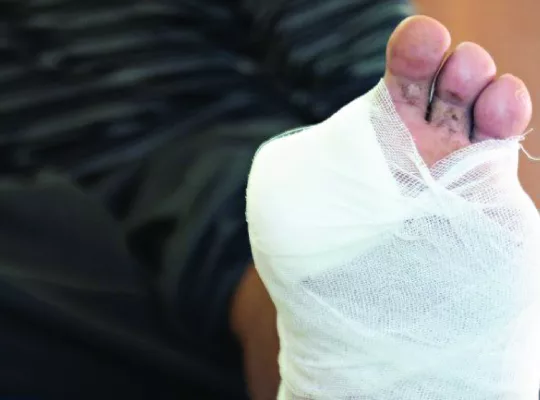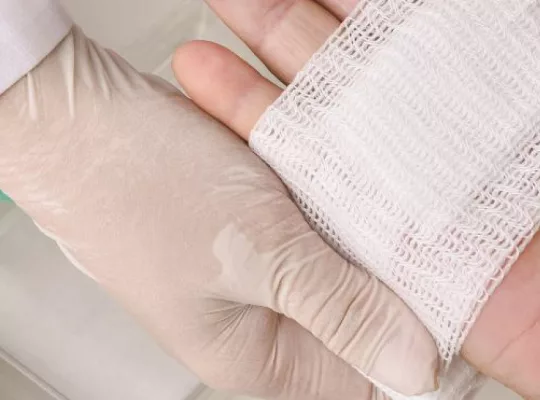The kitchen is widely regarded as a family meeting place and common ground. It is easily one of the busiest rooms in the house. As a result, kitchen injuries are more likely than any other in-home injury. This means it’s important to know what to do in the case of a kitchen emergency and have proper supplies on hand.
Awareness and proper knife use in the kitchen can mean the difference between a peaceful night in and a trip to the hospital. Our Kitchen First Aid Kits have everything you need to treat an incident in the kitchen. You can also build your own custom first aid kit to cater to your specific needs.
According to Dr. Michael Lanigan, 95% of the injuries that occur in the kitchen are cuts and burns, the other injuries are slipping and falling, skin and eye irritation, etc. – While these are less common, they could still lead to a visit to the emergency room. According to the Beaumont Emergency Hospital around 350,000 people suffer an in-home knife accident, making it the most common in-home injury. Learning and using proper and safe cutting techniques can reduce the injury, but when an accident happens, knowing how to clean and treat an injury is very important.
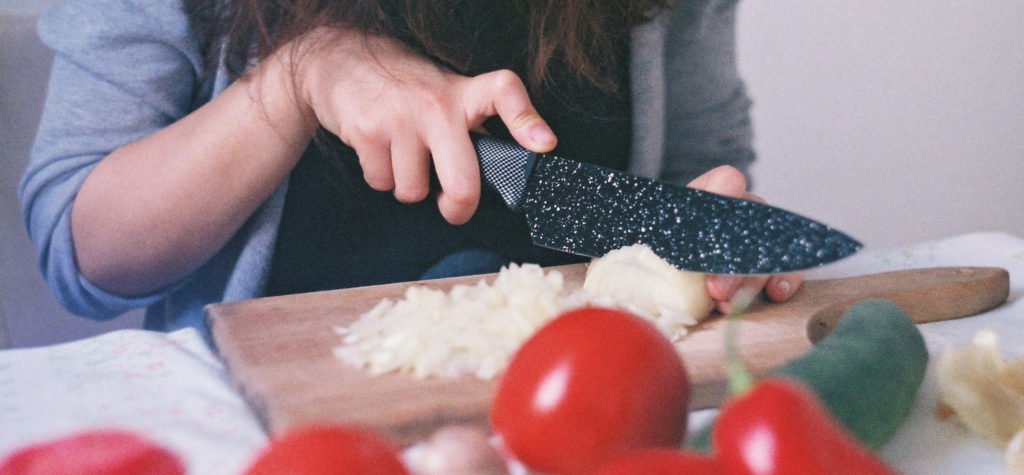
Wound Care
The most important parts of wound care are cleaning and dressing. These protect the wound from infection and further damage, helping speed up the healing process.
Gently clean the wound and surrounding area with soap and water and an antiseptic wipe, making sure to remove any residual contaminants such as food or fluids. Depending on what you are cutting, residue can get inside the wound and cause irritation. Then cover the wound with gauze or a dressing and an adhesive bandage.
It is best to run the cut under a light stream of water unless the wound is deep and exposes flesh under the skin. In which case, use an antiseptic wipe to clean the area around the wound and slow the bleeding with gauze or a compress and pressure. If there is no gauze on hand, use a clean cloth. You can also raise the wound above your heart to help slow the bleeding.
With deep wounds, it is best to seek medical attention as soon as possible because you will likely need stitches and/or advanced care to keep the wound from becoming infected. In this severe event, you could also use butterfly closures to hold the cut closed until you can see a medical professional.
For wounds that do not require medical attention, apply an antibacterial ointment or solution to the wound and surrounding area. Antibacterials and antiseptics help prevent infection and stimulate cell growth, making the healing time faster. Using too much antibiotic ointment can lead to bacteria developing an immunity to the medicine, so only use a little and use it infrequently. Washing the wound with soap and water is also very effective at preventing infections.
Afterward
After caring for your wound, make sure to properly clean the area where your blood came in contact with by wiping the area with hydrogen peroxide on cloth or paper towel and then following with a cloth wet with water.

